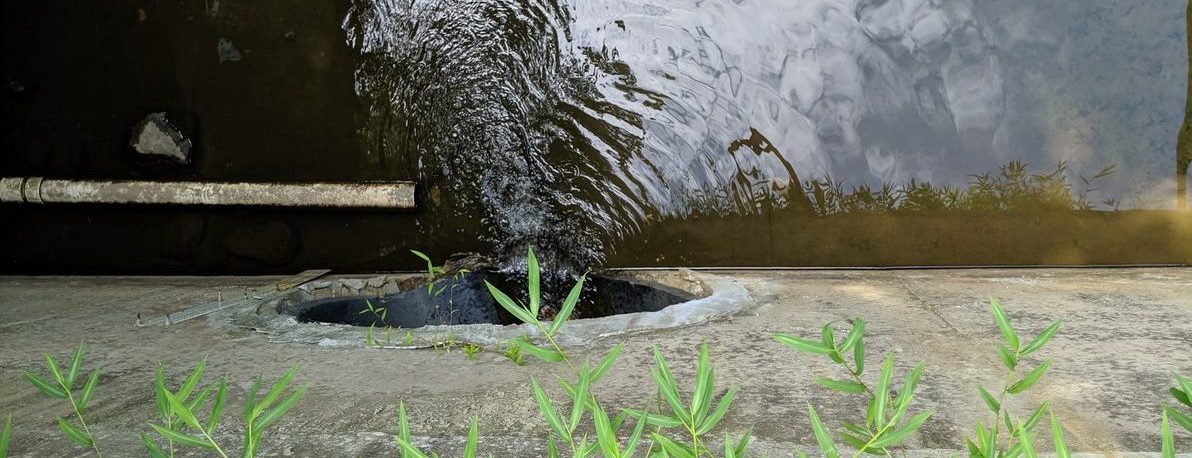National Pollutant Discharge Elimination System (NPDES) Phase I Municipal Separate Storm Sewer System (MS4) permittees in Maryland have been conducting monitoring for more than 20 years to meet their permit requirements, the most recent of which specifies the use of monitoring to assess the effectiveness of watershed restoration efforts. The Maryland Department of the Environment (MDE) directed the MS4s to focus their monitoring efforts on small watersheds where significant restoration opportunities were planned, and to conduct pre- and post-restoration monitoring to evaluate whether the best management practices (BMPs) were effective in restoring physical, chemical and/or biological conditions. As a result of these monitoring efforts, MDE had a huge amount of data, including concentration data for a full suite of monitoring parameters, but these were collected using inconsistent monitoring methods across jurisdictions. MDE hired the Interstate Commission on the Potomac River Basin (ICPRB) and Center for Watershed Protection (CWP) to evaluate these data as a whole to determine if stream conditions are improving as a result of watershed restoration efforts.
CWP and ICPRB teamed to conduct a pilot analysis of the Maryland MS4 data with the goal of answering three questions:
- Has water quality been improving over time?
- Can changes in water quality be explained by changes in land cover or BMP implementation?
- Are the data collected as a part of the MS4 program of good enough quality to detect changes if they exist?
ICPRB initially assembled the data into a single database so that it could be more easily analyzed, and CWP and ICPRB worked to evaluate the data from three pilot watersheds in Baltimore City, Frederick County, and Carroll County to address the research questions. First, CWP assembled and analyzed BMP data from MDE’s databases and conducted an analysis of land cover changes and BMP capture over time, ultimately characterizing these factors into a single metric (a “Treatment Index”) for each pilot watershed. Next, CWP and ICPRB completed statistical analyses to evaluate trends in water quality over time and relate trends to land cover change.
Trends were identified in each watershed. The Carroll County watershed showed the most noticeable response to BMPs, with decreasing metals and nitrogen species noted at one site where a large wet pond retrofit had taken place. The impact of BMPs was less noticeable in Frederick County, likely because BMP construction and increasing impervious cover from development were occurring simultaneously. Very little development or BMP implementation occurred in the Baltimore City watershed, but trends in loading rates and runoff coefficients observed at the outfall station suggest that repairs to its sanitary sewer system may have had the unintended consequence of increasing runoff volume to the storm sewer system. At the same time, decreases in E. coli and nitrate concentrations at the Baltimore site suggest that these repairs have improved water quality overall.
This study also had three more general findings:
- Trends in runoff coefficients were stronger than trends in pollutant concentrations in watersheds where BMPs had been implemented, and changes in pollutant load were highly influenced by these runoff coefficient changes.
- It was more difficult to detect changes at instream stations than outfall stations
- In watersheds where development and BMP implementation were happening at the same time, it was more difficult to disaggregate the effects of each change in the landscape.
CWP and ICPRB also used the results from the pilot study to make recommendations to MDE about future monitoring efforts, including sampling frequency, lab and field data reporting, and methods for calculating concentrations. CWP and ICPRB will soon begin a Phase II of this project to analyze data from additional locations and sources, and to incorporate geomorphic and benthic data where available. Phase II will also expand the scope of the questions asked and focus on how different aspects of stream health are related. For example, it will explore how biological stream health (as measured by benthic health) is influenced by water quality, hydrology, and geomorphology.
CWP would like to thank MDE for providing the funding for this study. To learn more about this project, contact Deb Caraco at dsc@cwp.org






